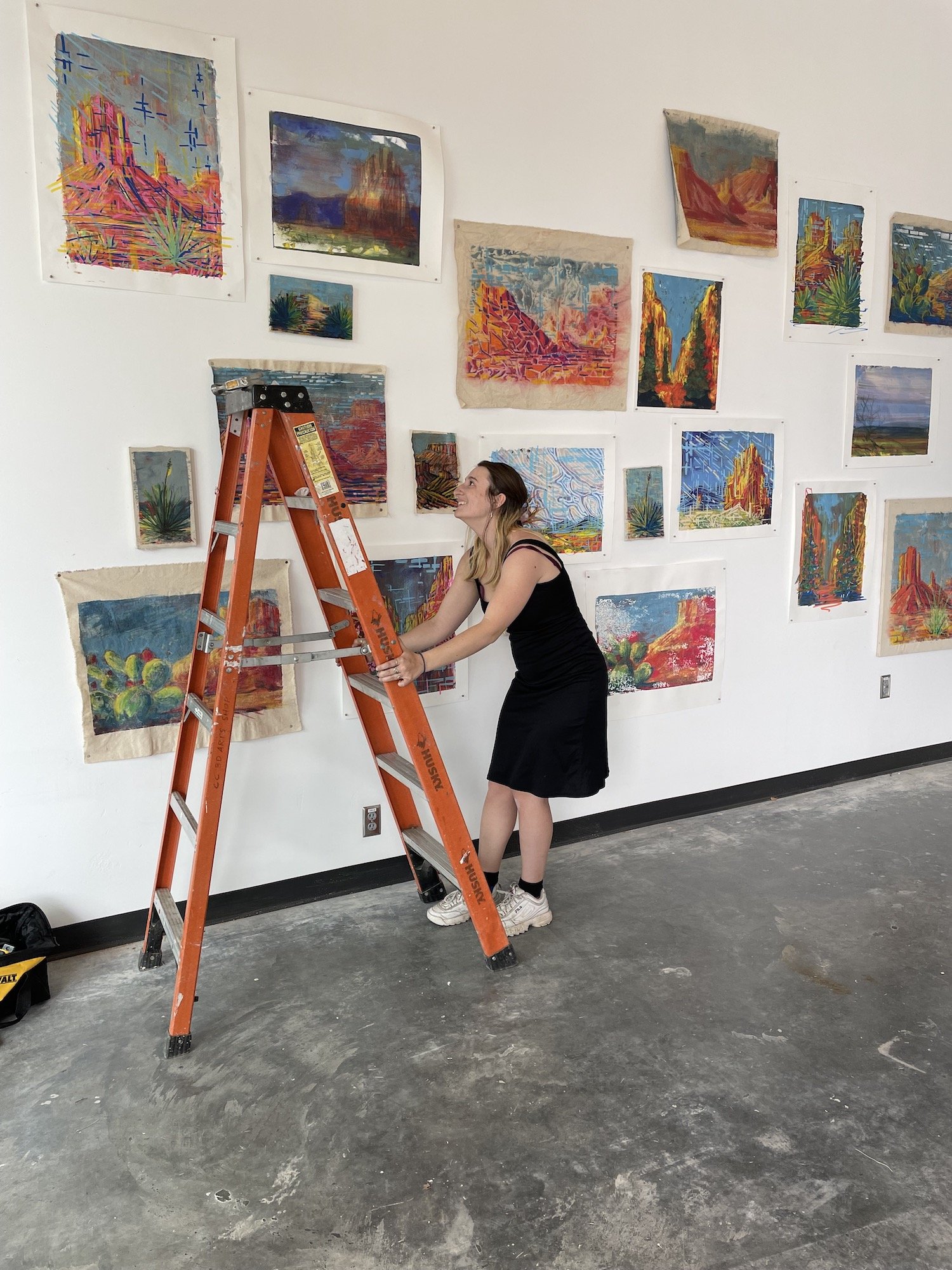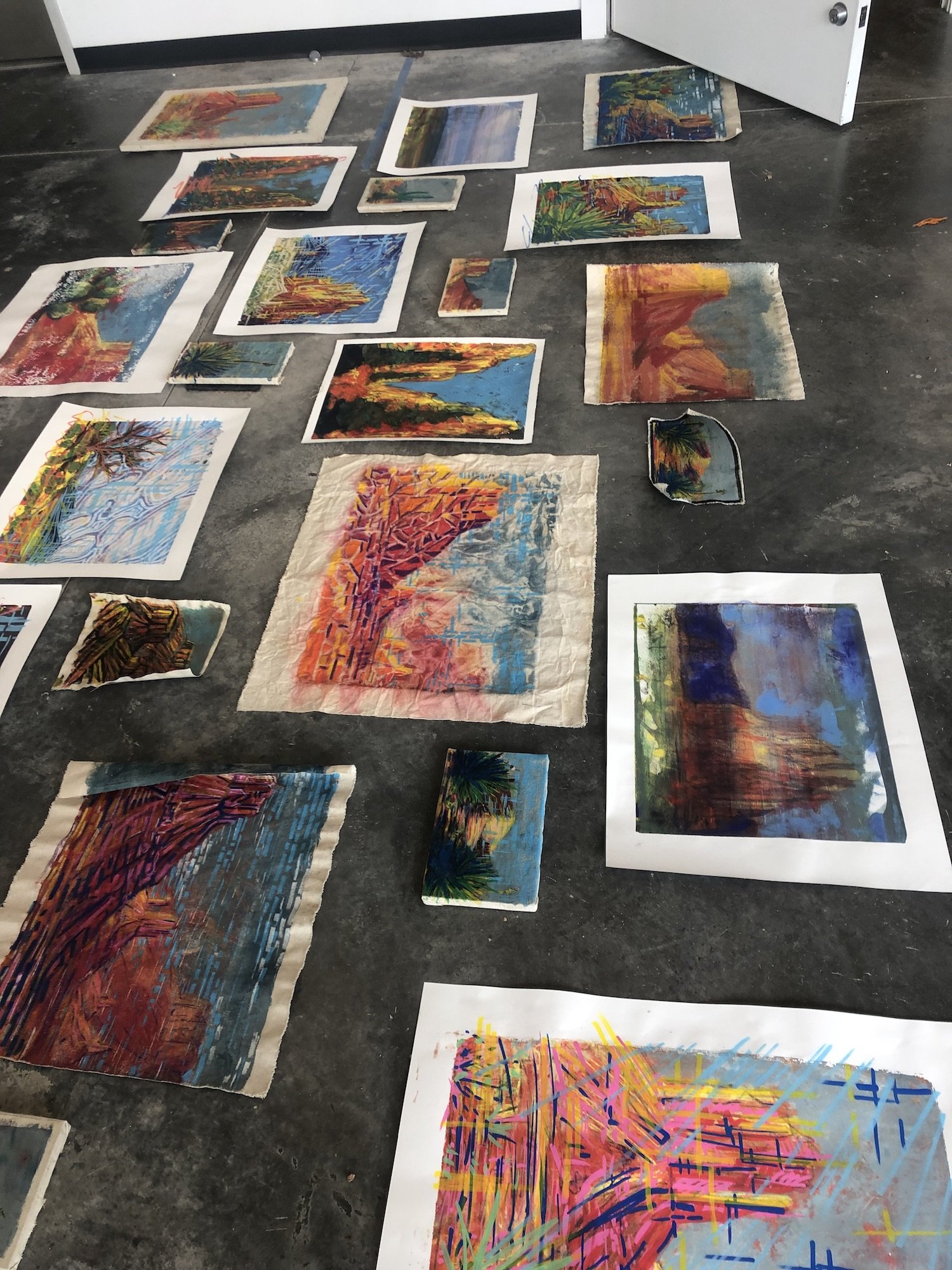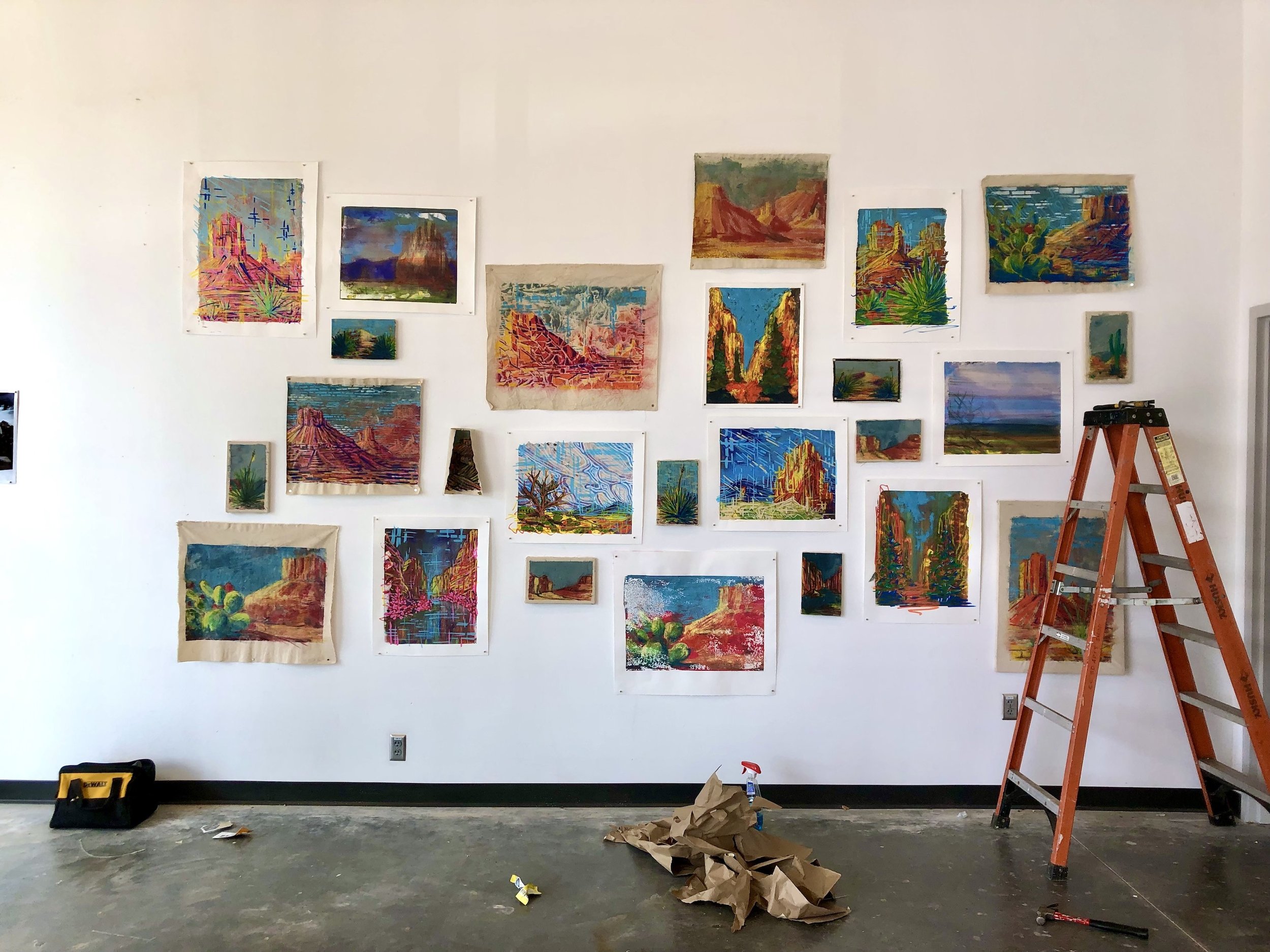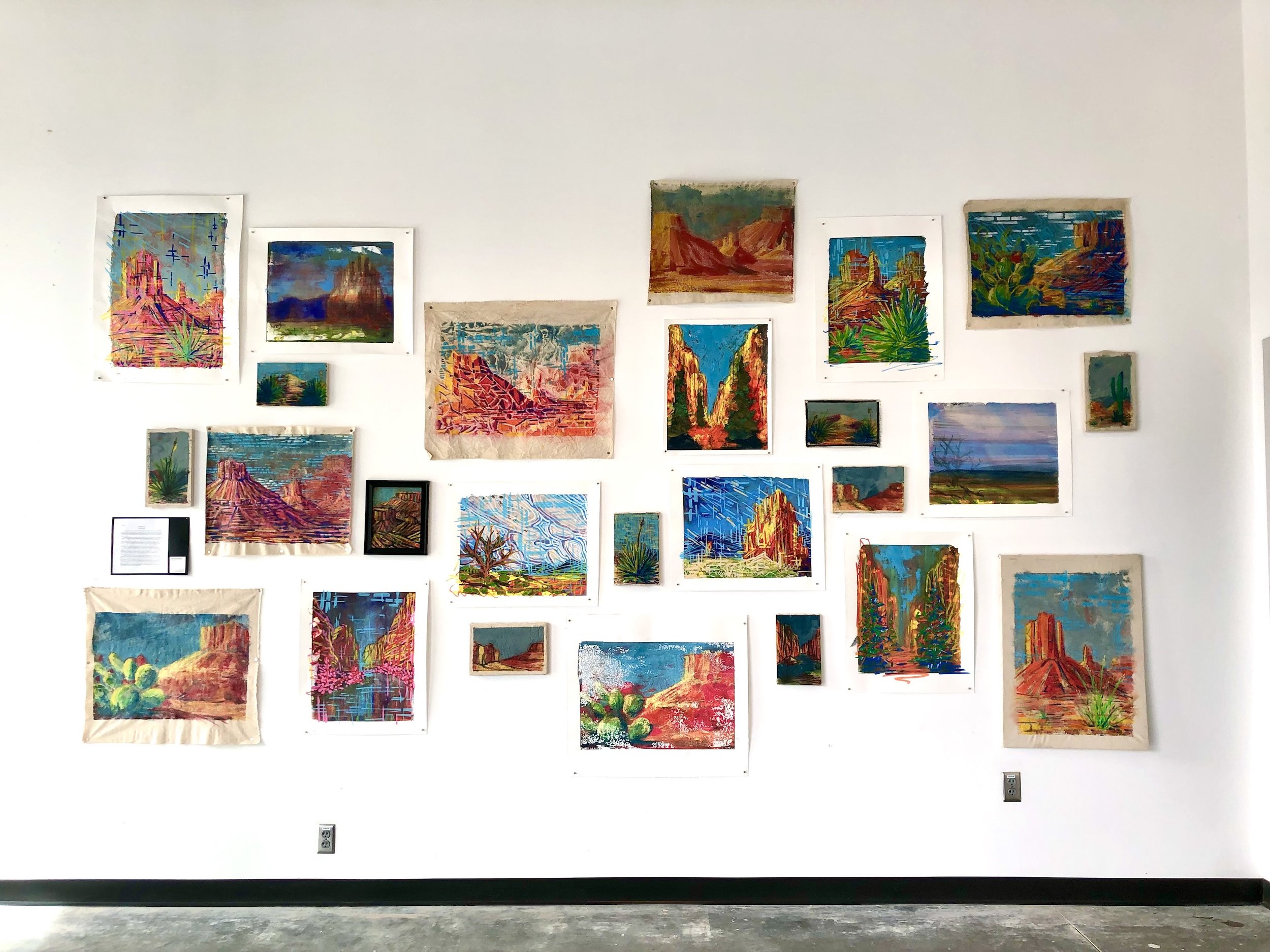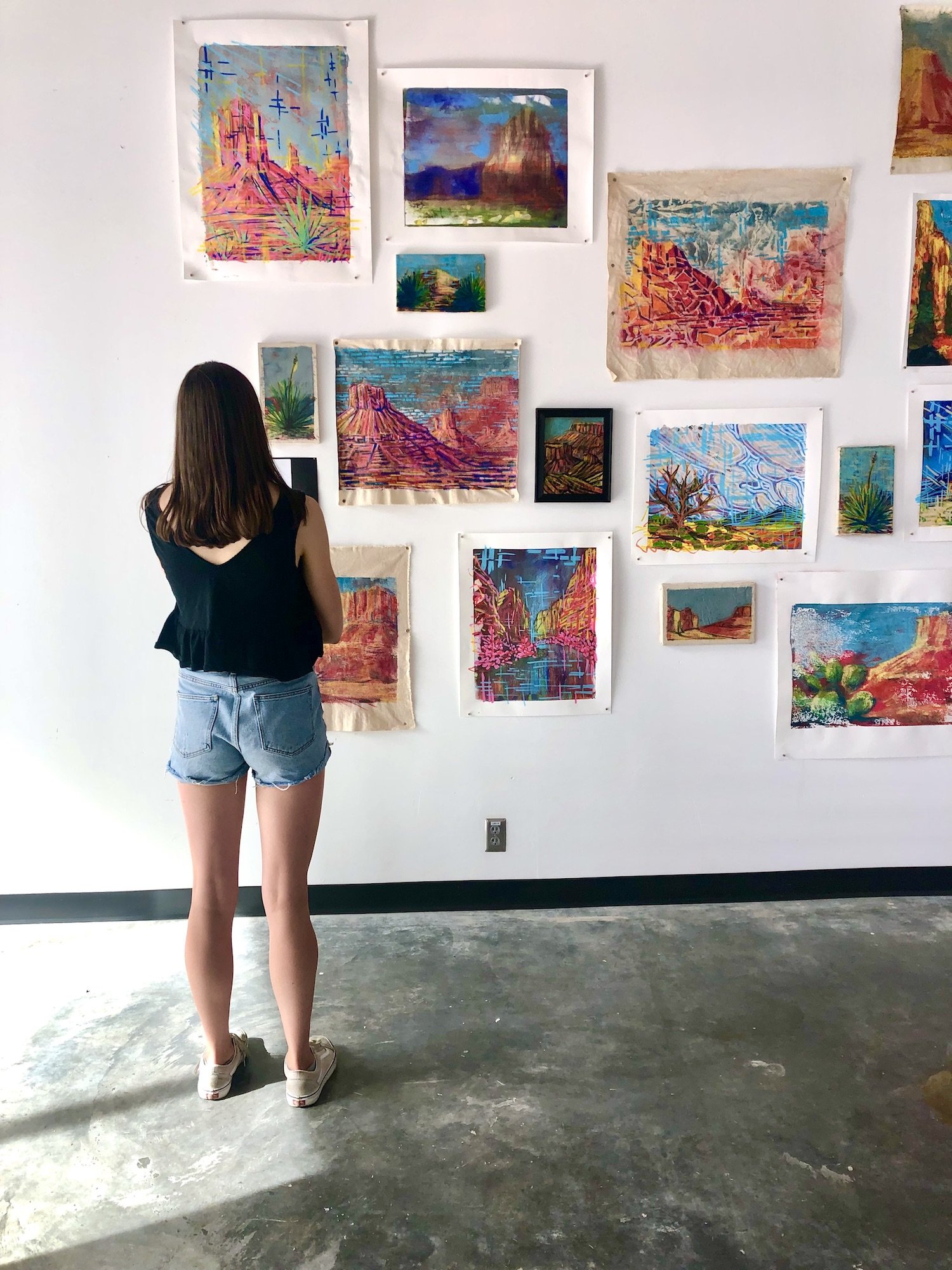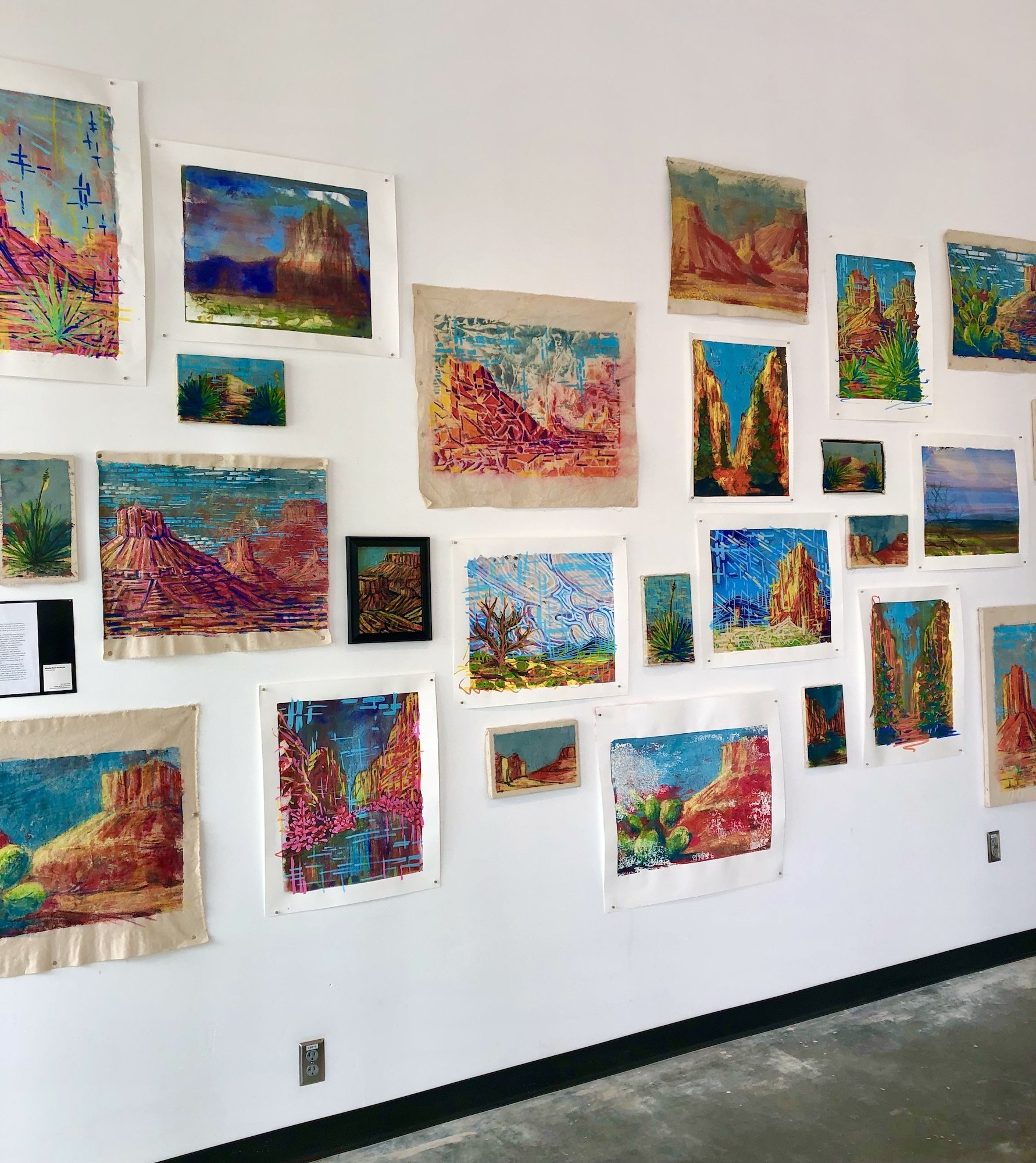My Senior Thesis
I was lucky to be born in Colorado. More importantly, I was lucky to have grown up surrounded by nature. Some of my first memories are of going on hikes with my family and being taught the names of the mountains. We would go all the time and, at some point, I began to actively look for ways to hike and be outside. It became something that I sought out as an experience and I would go as much as possible. It became a sanctuary.
During the beginning of COVID when I began drawing on site, I realized why nature had become so central to me. Being out in the land influenced me in a way that nothing else did - I was able to hear and experience a constantly changing environment while still having the constants of the landscape to keep me grounded. It was a meditative experience that always left me physically, mentally, and spiritually restored. I would focus on watching light change, feeling the wind as it blew by, the clouds as they moved. It was like I was tuning into a radio frequency that I could appreciate and connect to but never truly understand. Existing in nature was as much a physical, auditory, aromatic, and kinesthetic experience as it was a visual one and these emotions are what I aimed to dial into for my thesis.
Once I started working I found that over time I could really tune in to my other senses and experiences to evolve a visual representation of these natural forces. Using atypical representation and the abstraction of form I focus on illustrating a land I feel is ever changing. The natural world is a constantly changing scene - influenced by an infinite number of variables - something that is mirrored in my practice. I explore the hidden intricacies of the landscape that have become a restorative refuge for my mental, spiritual and physical health in a way that is further restorative.
Each of my pieces are reactive. The monoprints that I make begin as basic landscapes of the places that I have felt especially connected and within this process I am most connected to their visual qualities. Each composition can be printed at least three to four times, but because of the nature of monoprints they will all come out different. I never know how they are never going to turn out until after I lift the screen. Then, with my memories of the elements within that scape I begin to abstract and pull out a visual experience that correlates to my experience and that plays off the created monoprinted scene. Each piece turns out different in the end but they still contain the same thread of composition. Just like how weather can change how one experiences the landscape, my compositions are just as malleable, each one a little window into the fluidity of the natural world.
The Show in Process:
